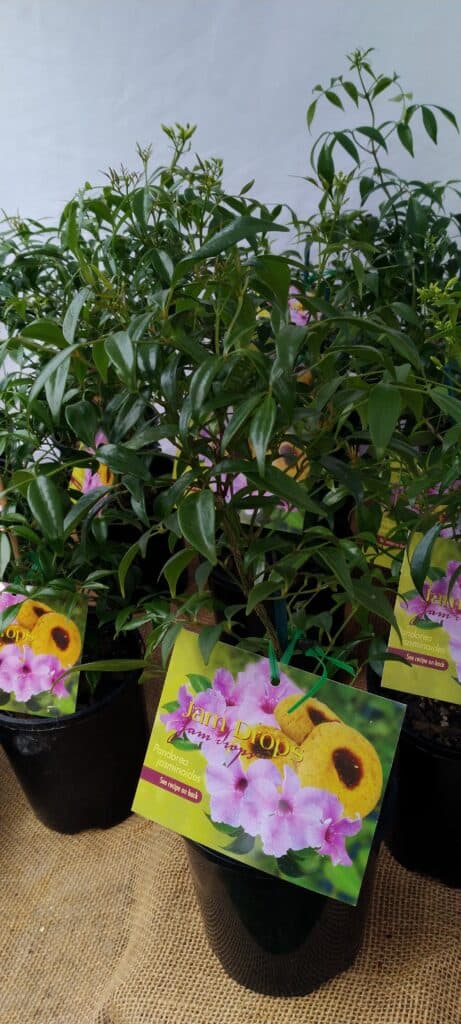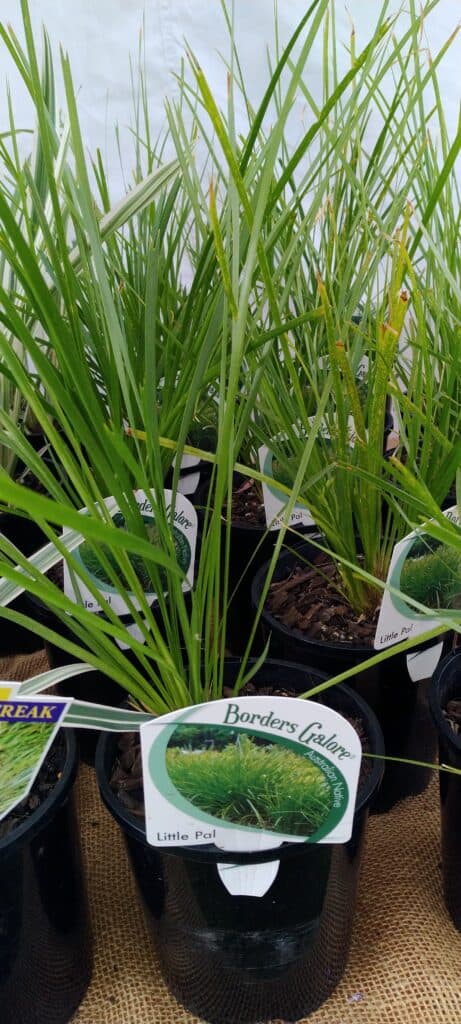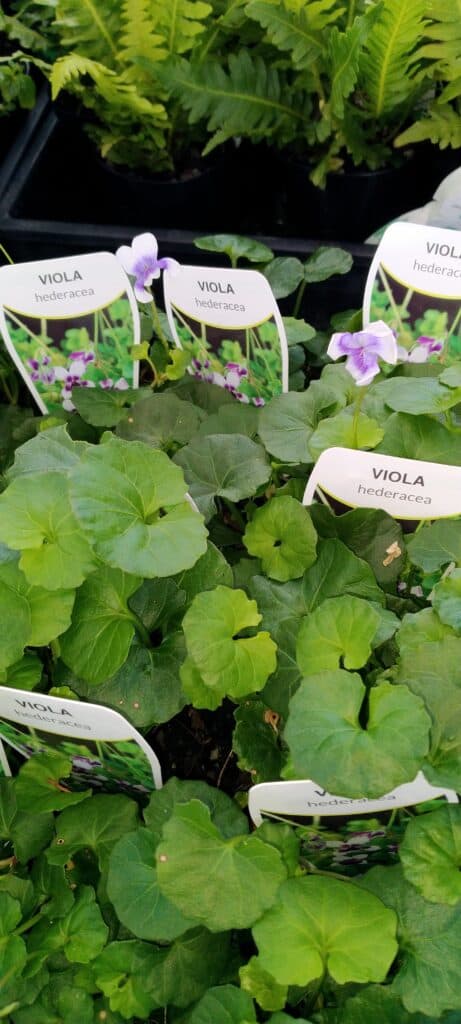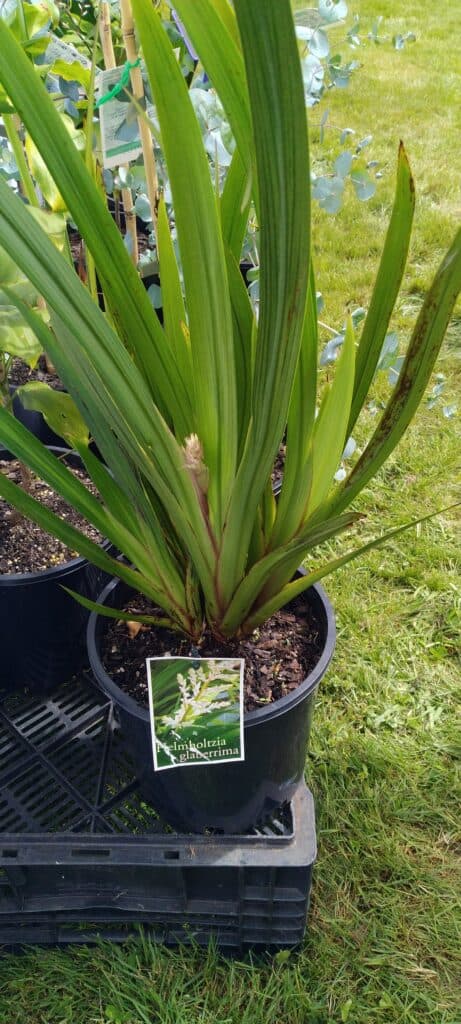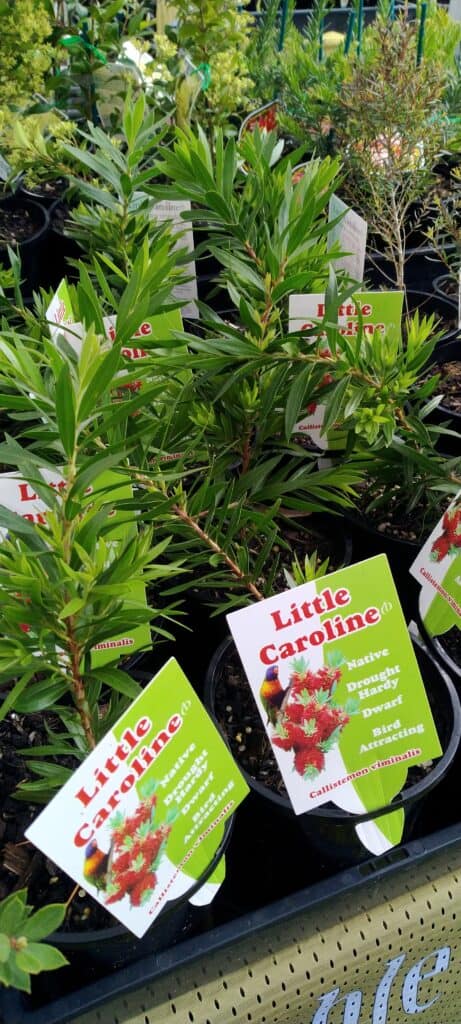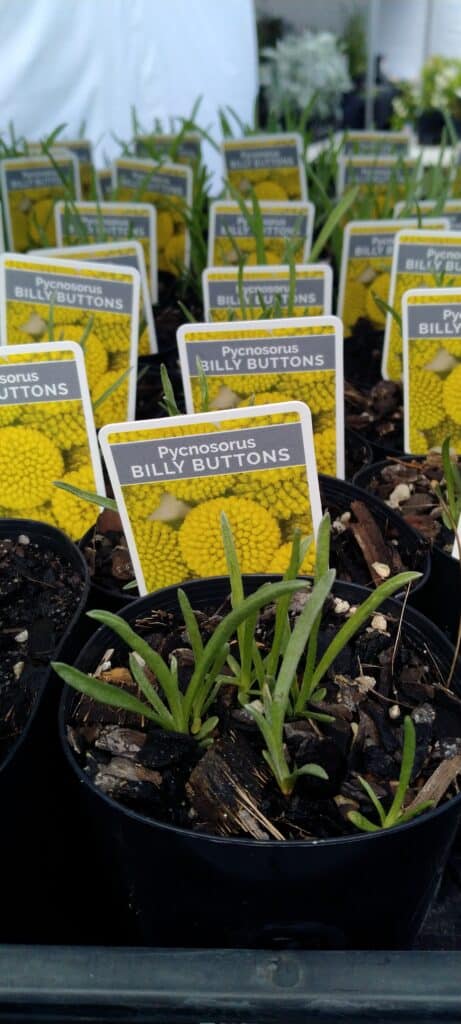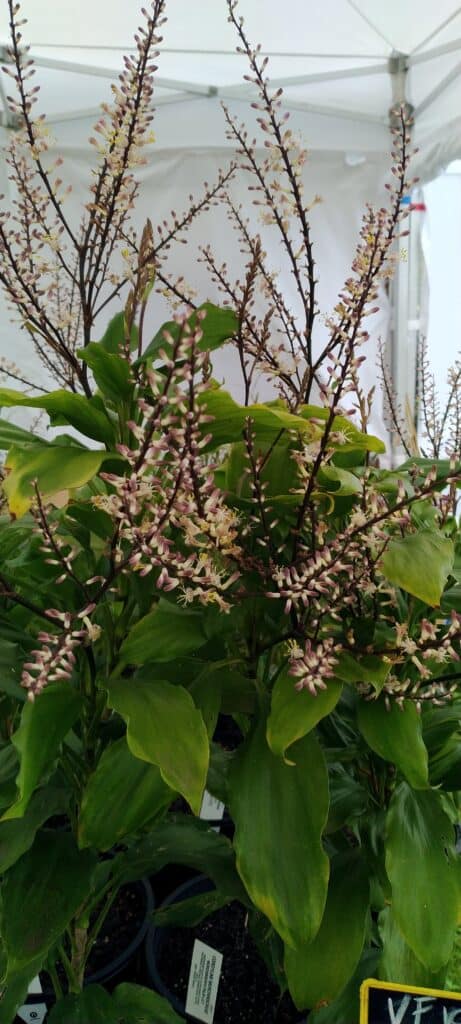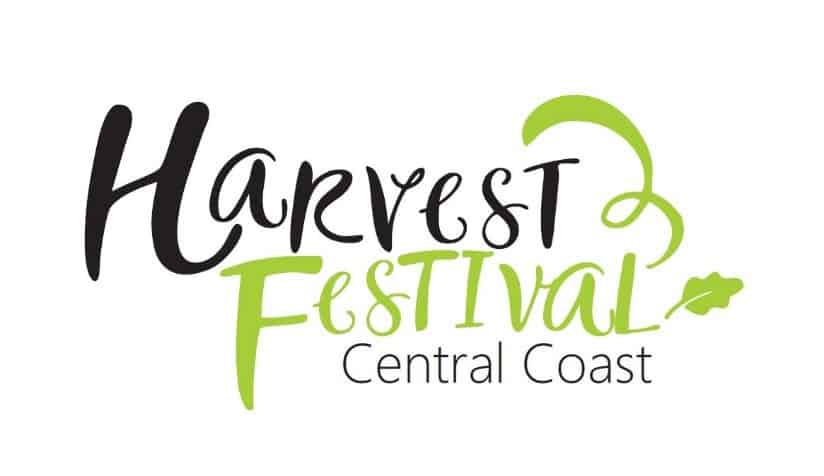One hundred and three (103) of the tree species (75%) were from the genus Eucalyptus. Of these, 103 eucalypt species identified in NSW alone. Evidence for the use of tree species from the Angophora, Corymbia, Syncarpia, Lophostemon, Melaleuca, Allocasuarina, Casuarina, Callitris, Banksia and Acacia genera was also sourced; some at high to moderate levels locally but most at moderate to low use levels overall.
Three species, forest red gum (Eucalyptus tereticornis), river red gum (E. camaldulensis) and ribbon gum (E. viminalis) were identified as statewide high use species, based upon the sourced tree use evidence, in as much as they were high use species in more than three of the seven KMAs. An additional 48 species (47 eucalypts and yellow bloodwood Corymbia eximia) were high use species in around the Central Coast of NSW.
Koala habitat also includes Acacia species. Banksias and ‘rainforest species’.
Tree species available from the nursery include;
Angophora floribunda and black she-oak (Allocasuarina littoralis)
Grey gum (E. punctata), white stringybark (E. globoidea),
White cypress-pine (Callitris glaucophylla)
Forest red gum, Eucalyptus tereticornis,
River red gum, Eucalyptus camaldulensis
Corymbia eximia nana
Turpentine, Syncarpia glomulifera
Eucalyptus crebra
Tallowwood, Eucalyptus microcorys
Brush box, Lophostemon confertus
Sydney Red gum, Angophora costata
Rainforest species include –
Callicoma serratifolia (black wattle) Glochidion ferdinandi (cheese trees) Synoum glandulosum, Trochocarpa laurina, Cryptocarya and Alphitonia excelsa (red ash).
